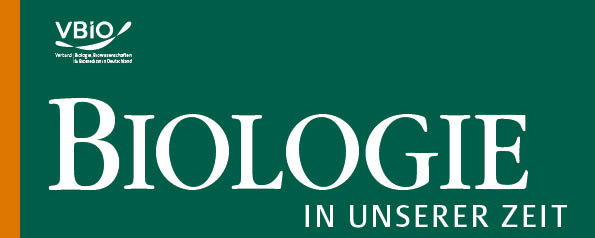Chemical diversity in plants – what for?
DOI:
https://doi.org/10.11576/biuz-5703Keywords:
Biodiversität, chemische Diversität, individuelle Unterschiede, invasive Pflanzen, Landwirtschaft, Tanacetum vulgareAbstract
Plants can show a high diversity in the composition of their specialized metabolites, a phenomenon called chemodiversity. Common tansy (Tanacetum vulgare) is characterized by a particularly high diversity of chemotypes, which do not only vary in terpene composition with regard to space, but also with regard to time – both within and between individuals. This chemodiversity has large effects on other organisms such as insects, which are attracted by some terpenes but are repelled by others. Chemodiversity can be considered as one important dimension of biodiversity. Presumably, a high diversity makes plants successful, among other things when invading new areas, and may enhance their resilience. Therefore, a high chemodiversity should also be aimed at in sustainable agriculture.

Downloads
Published
How to Cite
Issue
Section
License
Copyright (c) 2022 Caroline Müller

This work is licensed under a Creative Commons Attribution-ShareAlike 4.0 International License.

